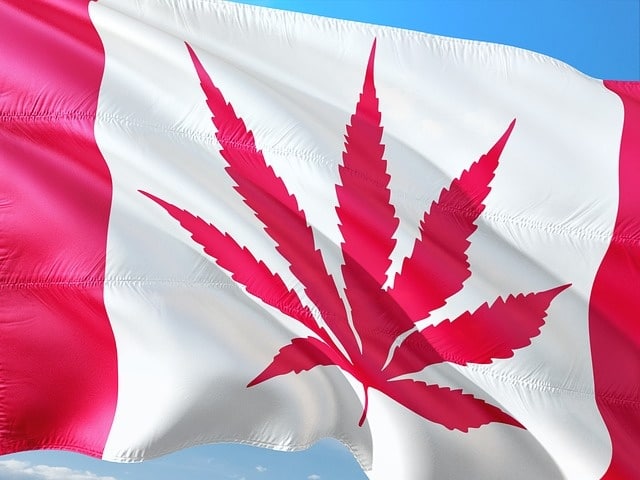A look at how the law will soon change and what Canadians should expect by the end of 2019.
Social media wouldn’t stop buzzing about it. People at work wouldn’t stop talking about it. It’s been a long-running drama that’s gripped the eyes of North Americans for years. We’ve seen the good guys fall, the bad guys win, and in some cases, vice versa. No, I’m not talking about the history of cannabis in North America, I’m talking about the Season 8 premiere of Game of Thrones on HBO. It’s a wildly-gripping show that is difficult to ignore with its ups, downs, and sideways twists.
Similarly, the cannabis industry in North America has been a long, twisted drama for decades. It’s been a wild ride that’s seen backstabbings, unexpected alliances, and unsung heroes. Nowadays, legalization is real. So what’s Canada doing about legalizing concentrates and edibles?
In late 2018, Health Canada released its proposed rules for regulating the cannabis products that will be legalized in 2019. Those products outlined included:
- Edible cannabis products that are consumed in the same manner as food, including both food and drink.
- Cannabis topicals that are intended for use on the outer body including the skin, nails, and hair.
- Cannabis extracts or synthesized products, including concentrates, even though they are not specifically mentioned in the definition.
While Canadians will be excited to see how the rules are finalized this summer, Health Canada has released some information to keep people informed on their current proposals. They propose that these products be legalized no later than October 17, 2019, and that each type of product carries certain limits.
Those limits include things like size limits, THC potency limits, and ingredient regulations.
For example:
- Cannabis edibles will be limited to 10 mg of THC per packaged unit sold.
- For extracts, capsules will also be limited to 10 mg of THC each, in packages up to 1,000 mg per bottle.
- Topicals will be limited to one gram of THC per bottle.
Furthermore, any edibles will have to be shelf-stable, extracts are prohibited from containing sugars or sweeteners, and topicals must follow the guidelines of Health Canada’s Cosmetic Ingredient Hotlist.
What other questions do you have about how Canada is handling edibles and concentrates? Let us know in the comments!












